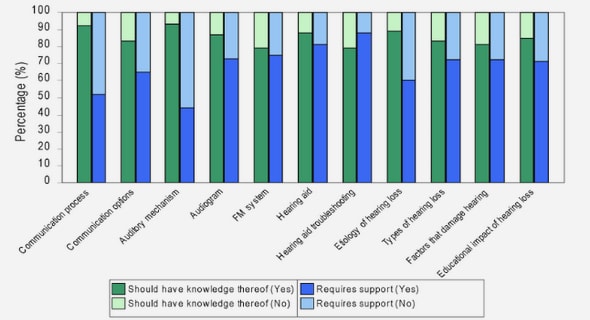(Downloads - 0)
For more info about our services contact : help@bestpfe.com
Table of contents
Chapter I: Introduction
I.1 Pathogenesis of different neuronal and muscle disorders
I.1.1 Introduction of ALS and IBMPFD
I.1.1.1 Amyotrophic lateral sclerosis (ALS)
I.1.1.2 Inclusion body myopathy associated with Paget’s disease of bone and frontotemporal dementia (IBMPFD)
I.1.1.3 RNA-binding proteins aggregates are a hallmark of ALS and IBMPFD
I.1.2 Proteins involved in ALS and IBMPFD
I.1.2.1 VCP
I.1.2.2 TDP-43
I.1.2.3 Identification of hnRNPA1 and hnRNPA2B1 as disease-causing proteins
I.1.2.3.1 Identification of VCP-mutations negative families
I.1.2.3.2 hnRNPA1 and hnRNPA2B1
I.1.2.4 Relationship between previously described disease-implicated proteins
I.1.2.4.1 Interaction between VCP, TDP-43, hnRNPA1 and hnRNPA2
I.1.2.4.2 hnRNPs contain a low complexity sequence domain clustering the disease-causing mutations
I.2 Stress granules as crucibles of these pathogeneses
I.2.1 What are stress granules?
I.2.2 Stress Granule dynamics
I.2.2.1 Assembly of Stress Granules
I.2.2.2 Disassembly of Stress Granules
I.2.3 Stress granule function
I.2.4 Core component of stress granules
I.2.5 Implication of disease-causing mutations in stress granule dynamics
I.3 Does fibrillization mediate stress granule assembly?
I.4 Recruitment of stress signaling proteins to stress granules
I.4.1 Compartmentalization of membrane-less organelles in cells
I.4.2 Liquid-like behavior of cellular structures
I.4.3 Liquid-liquid phase separation: a mechanism that allows cellular compartmentalization
I.4.3.1 Definition of liquid-liquid phase separation
I.4.3.2 Phase diagrams
I.4.3.3 Liquid-liquid phase separation: a mechanism for subcompartmentalization
I.4.3.4 Proteins harboring low complexity domain sequences can mediate LLPS
Chapter II: Phase Separation by Low Complexity Domains Promotes Stress Granule Assembly and Drives Pathological Fibrillization
Chapter III: Discussion
III.1 LLPS as a mechanism commonly used by cells in order to accomplish their biological processes
III.2 From stress granules to pathological inclusions: is there a unifying model?
III.3 Compartmentalization via LLPS: a code in low complexity sequence domains?
Chapter IV: Annexes
IV.1 Annex I: VCP is essential for mitochondrial quality control by PINK1/Parkin and this function is impaired by VCP mutations
IV.2 Annex II: Mutations in prion-like domains in hnRNPA2B1 and hnRNPA1 cause multisystem proteinopathy and ALS
IV.3 Annex III: No mutations in hnRNPA1 and hnRNPA2B1 in Dutch patients with amyotrophic lateral sclerosis, frontotemporal dementia, and inclusion body myopathy
References




